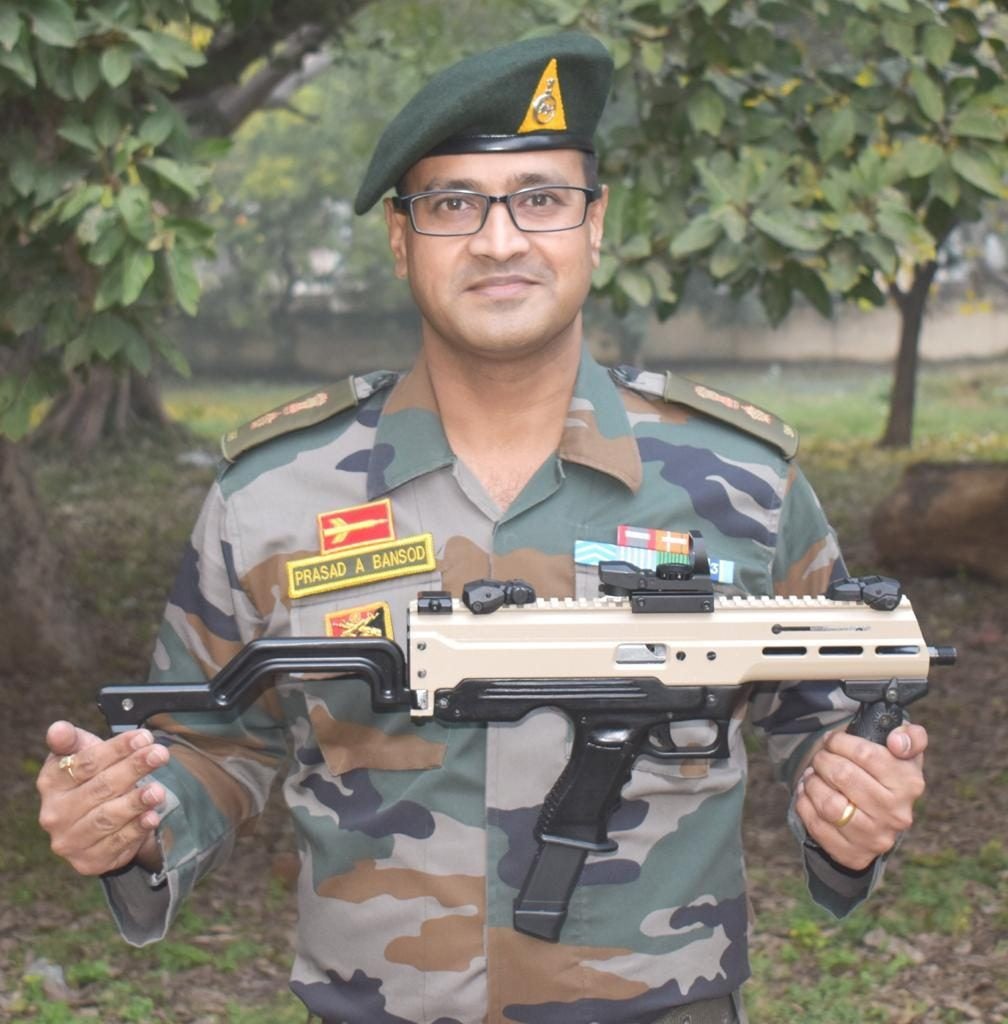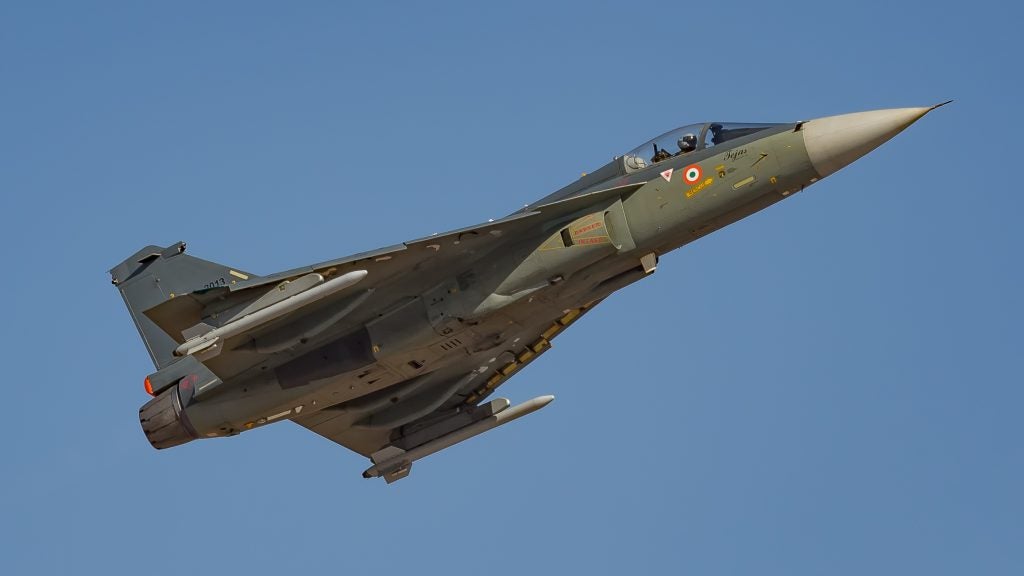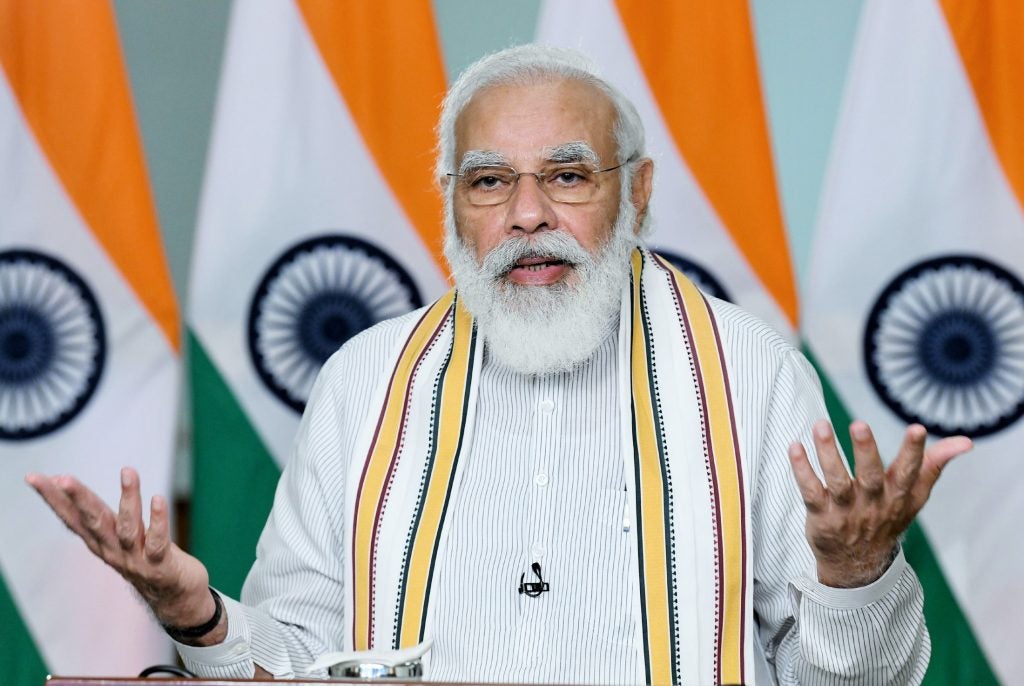India’s Prime Minister Modi Speaks of Need for a “Future Force”
On 6 March, Indian Prime Minister Narendra Modi spoke of the need to develop India’s armed forced into what he dubbed a “future force”. By using this phrase, Modi did not limit himself to technological development but also more broadly to the doctrines, customs and processes of the military.
Modi brought up how a number of legacy systems which he believes have outlived their usefulness need to go. The new Indian defense budget saw a significant increase in new capital expenditure with the goal of modernizing the force. Nearly $18.5 billion will be going towards systems like French Rafale fighters or American Sea Guardian drones.

The prime minister also stressed the need for “indigenization” within the national security system. When it comes to military equipment, India’s domestically produced Tejas fighter jets, the ASMI submachine gun and the Akash-NG Surface-to-Air Missile (SAM) system are prime examples of this focus in practice. Nevertheless, India’s defense continues to be reliant on many systems developed and manufactured outside the nation’s borders and the India of today remains one of the world’s largest arms importers.

In the organizational sphere, which Modi also mentioned, India has been making significant progress as well. Its three services (army, navy, air force) are organized largely independently, running single service commands which overlap geographically. This year, however, Indian planners are hoping to introduce more modern commands which integrate forces and personnel from all branches. The Maritime Theatre Command and Air Defense Command are set to begin operating this year.
However, Modi is aiming at a much broader restructuring which includes both the civilian and military elements of military planning and decision making. A whole of government approach breaking down “civil-military silos”, speeding up the process through which decisions are made and optimizing the use of available manpower are, according to the prime minister, all important goals which the current defense establishment must strive to achieve.

